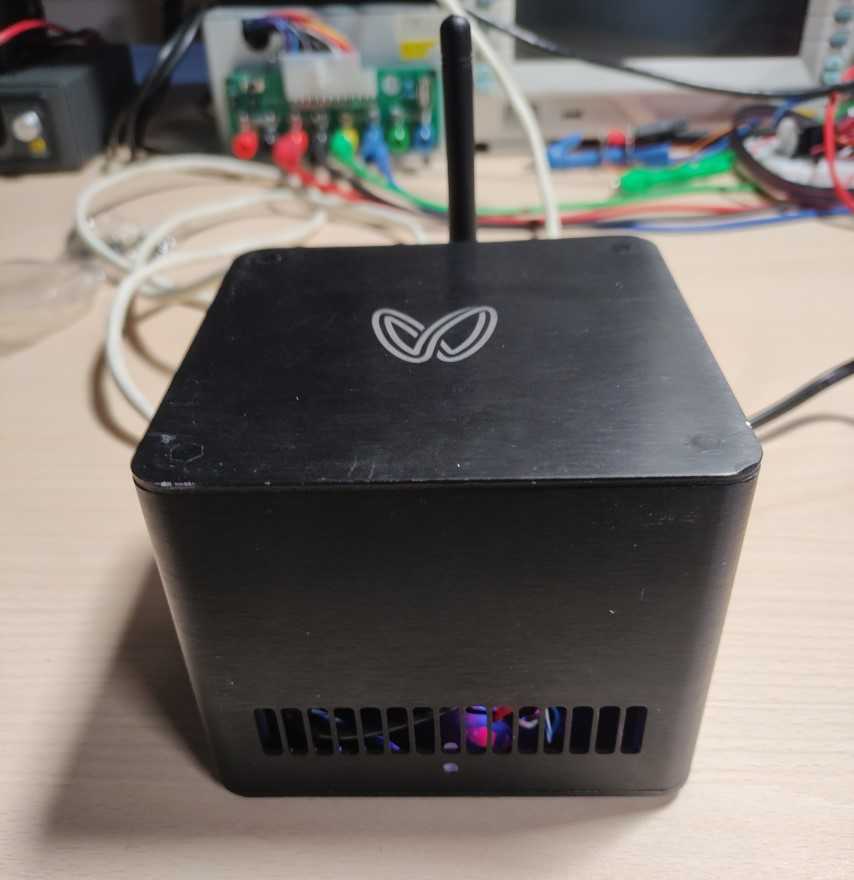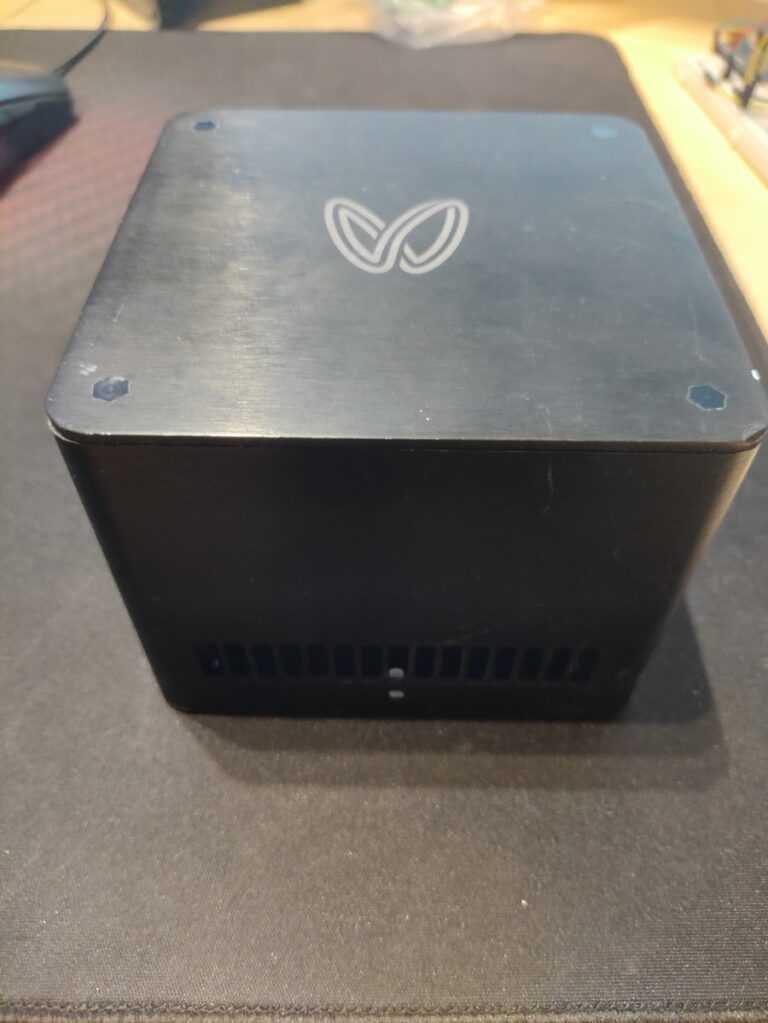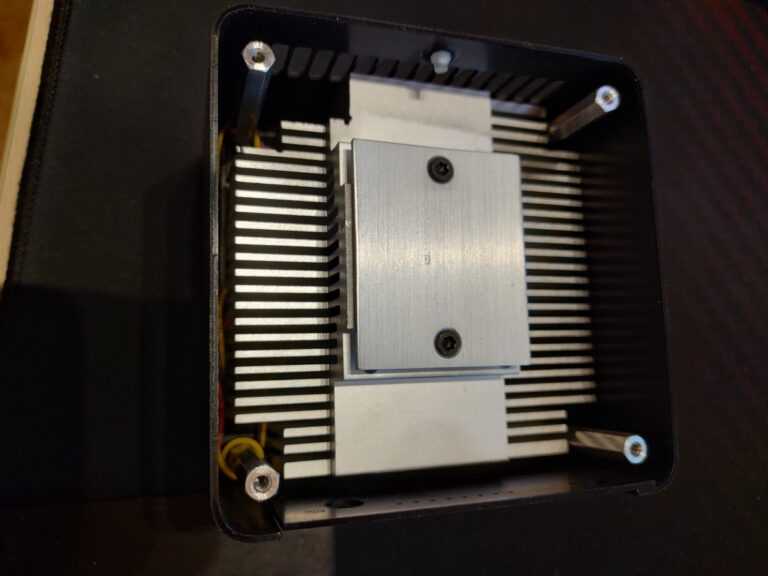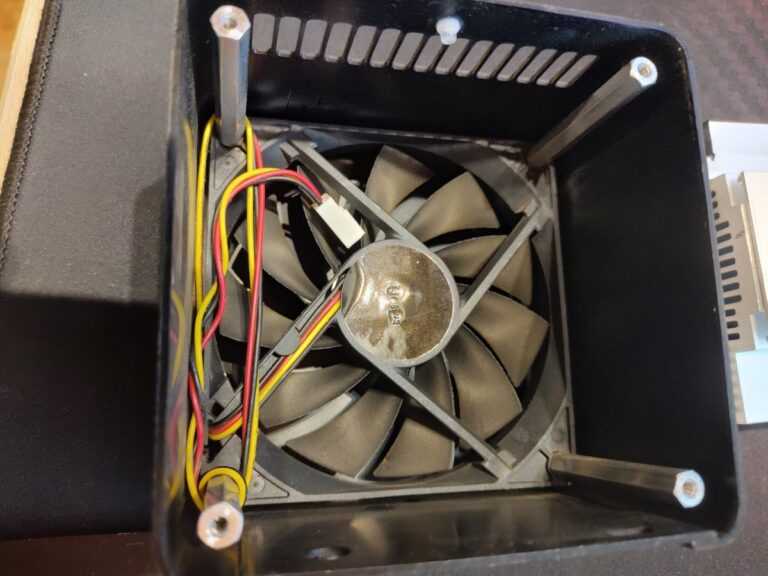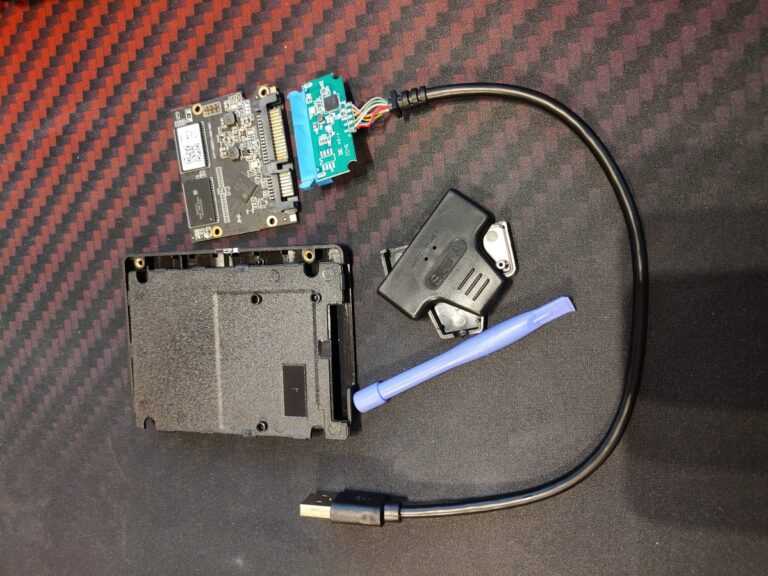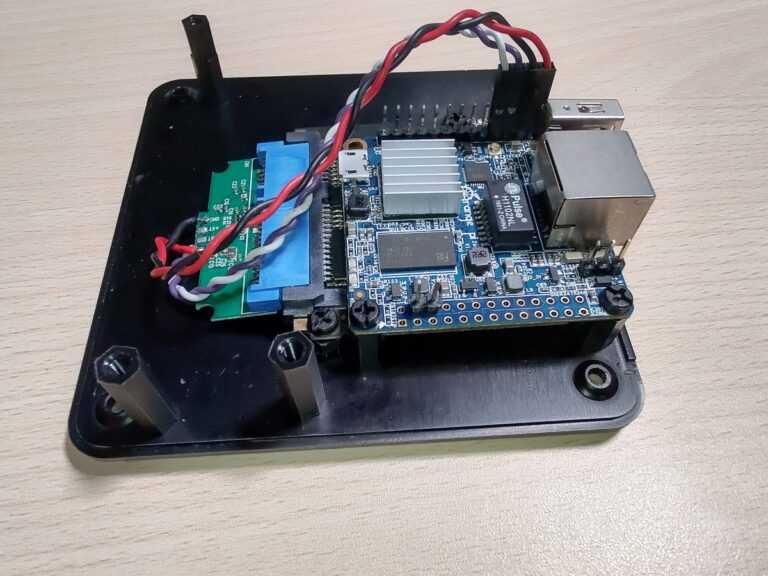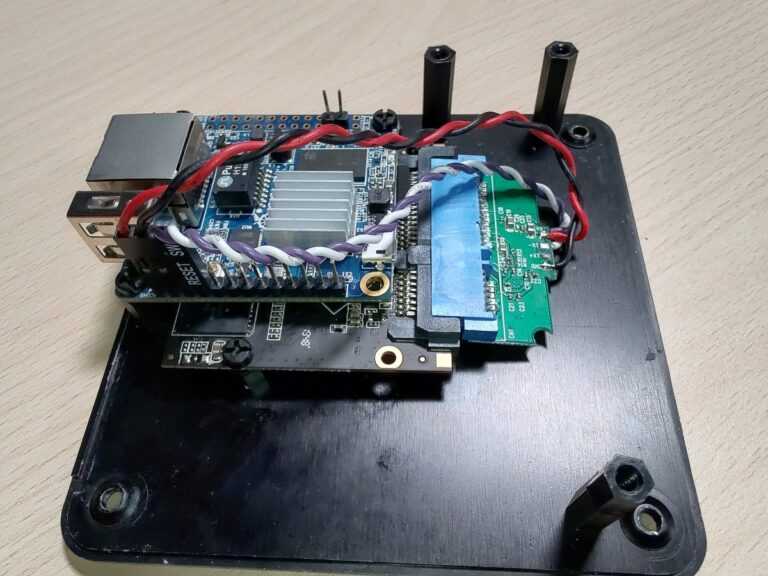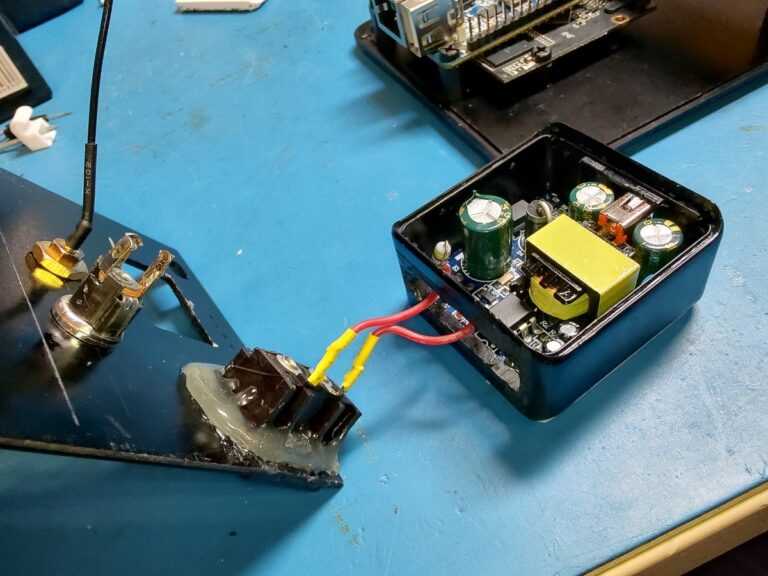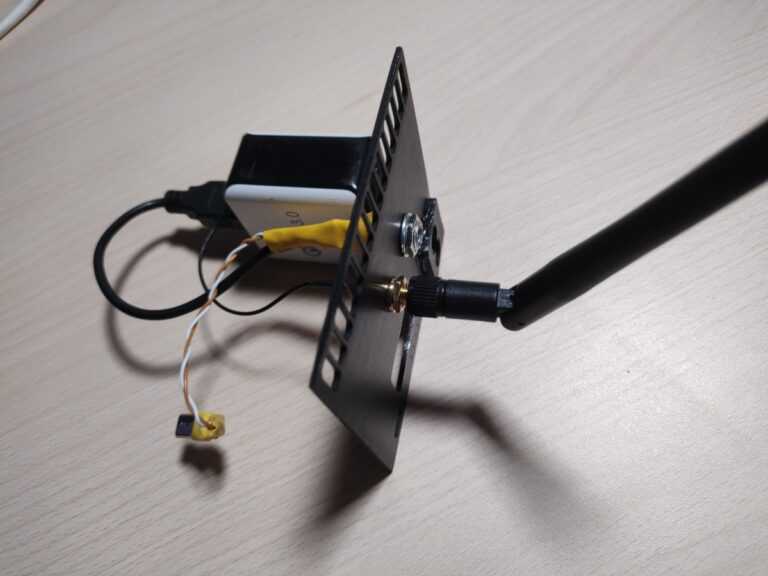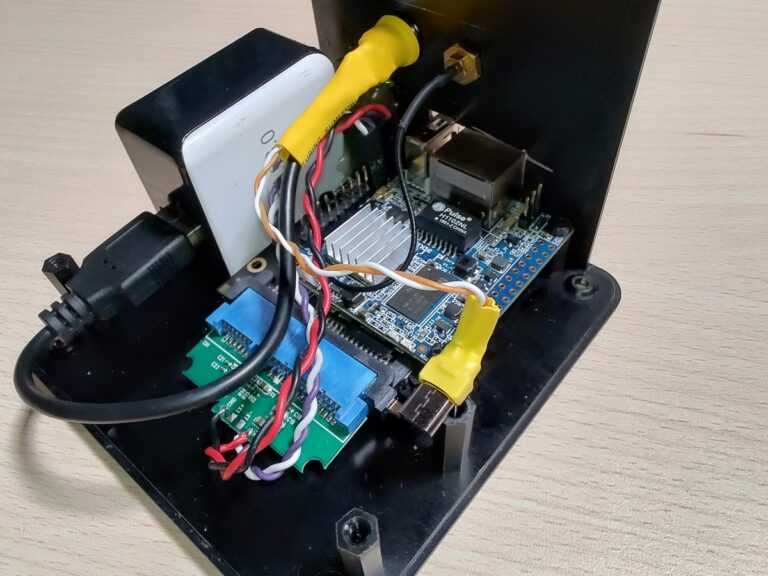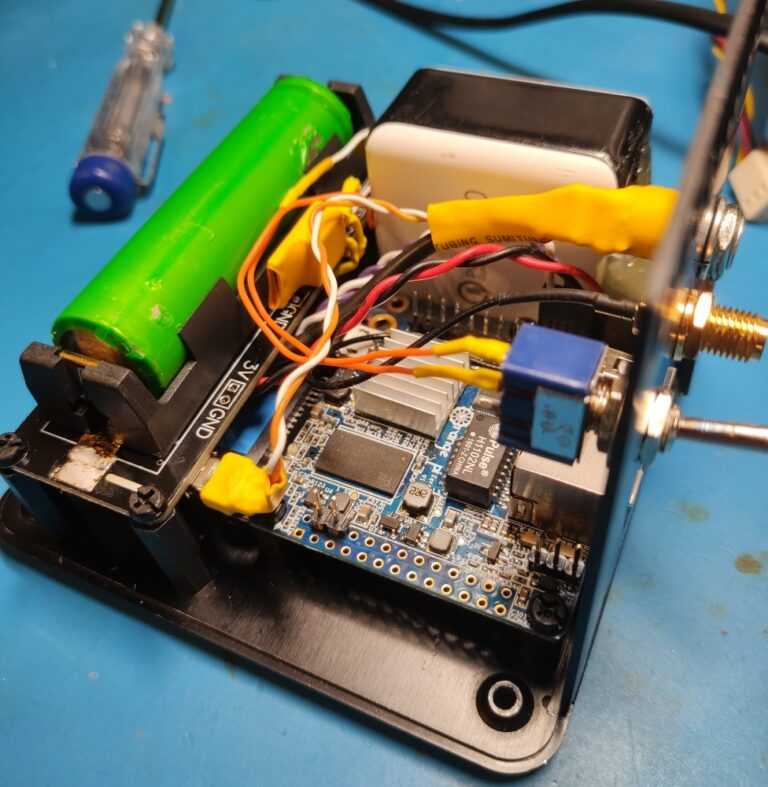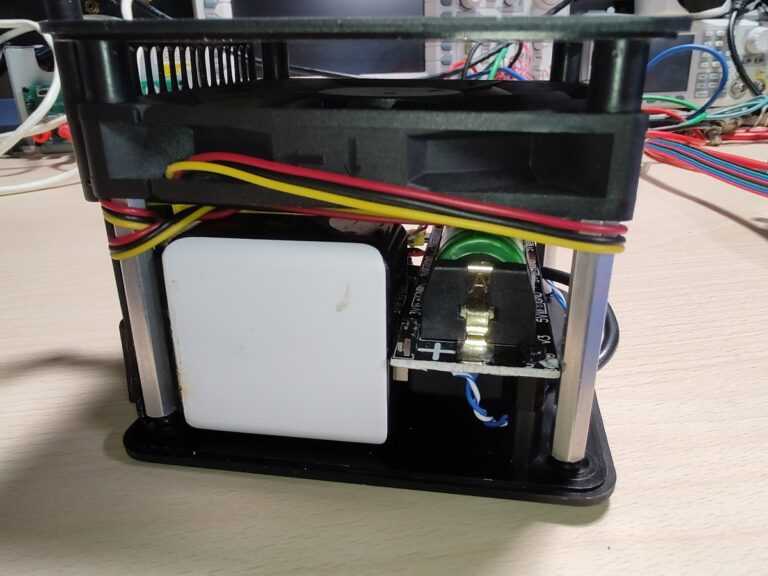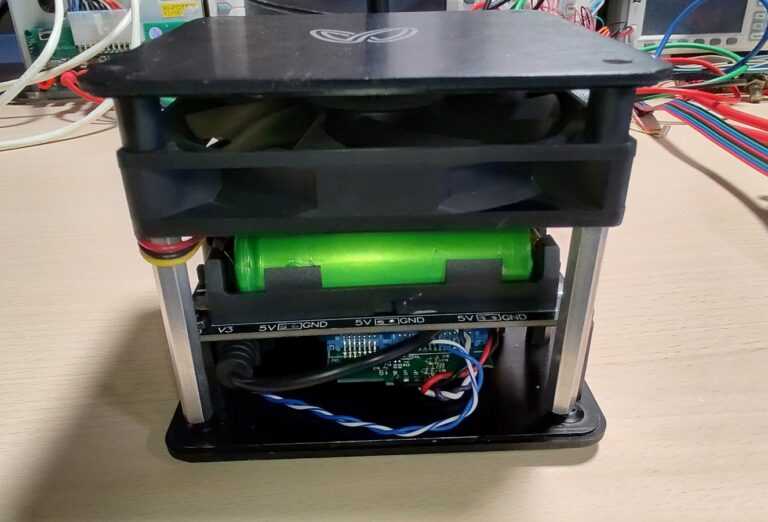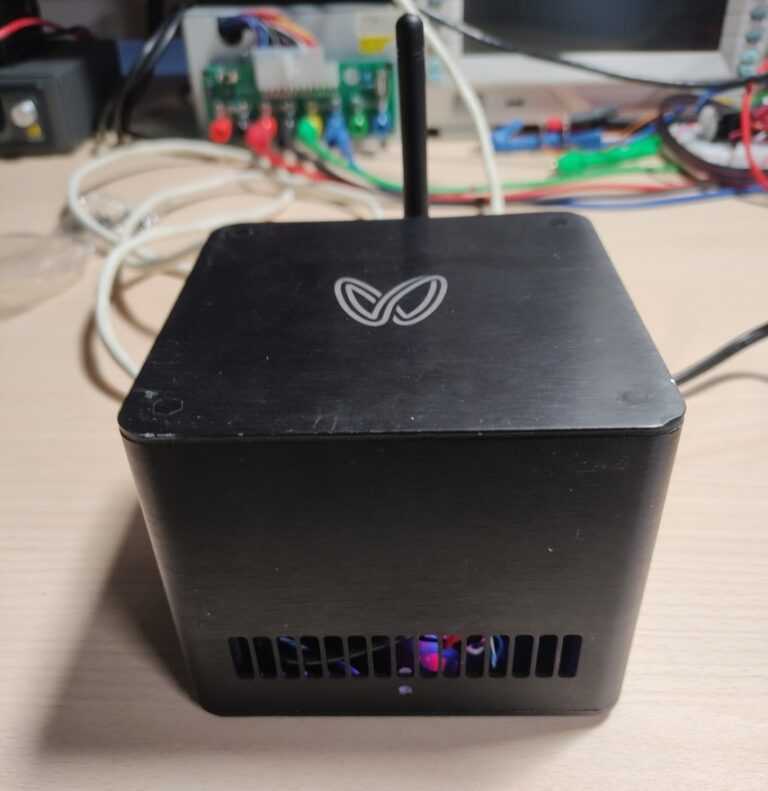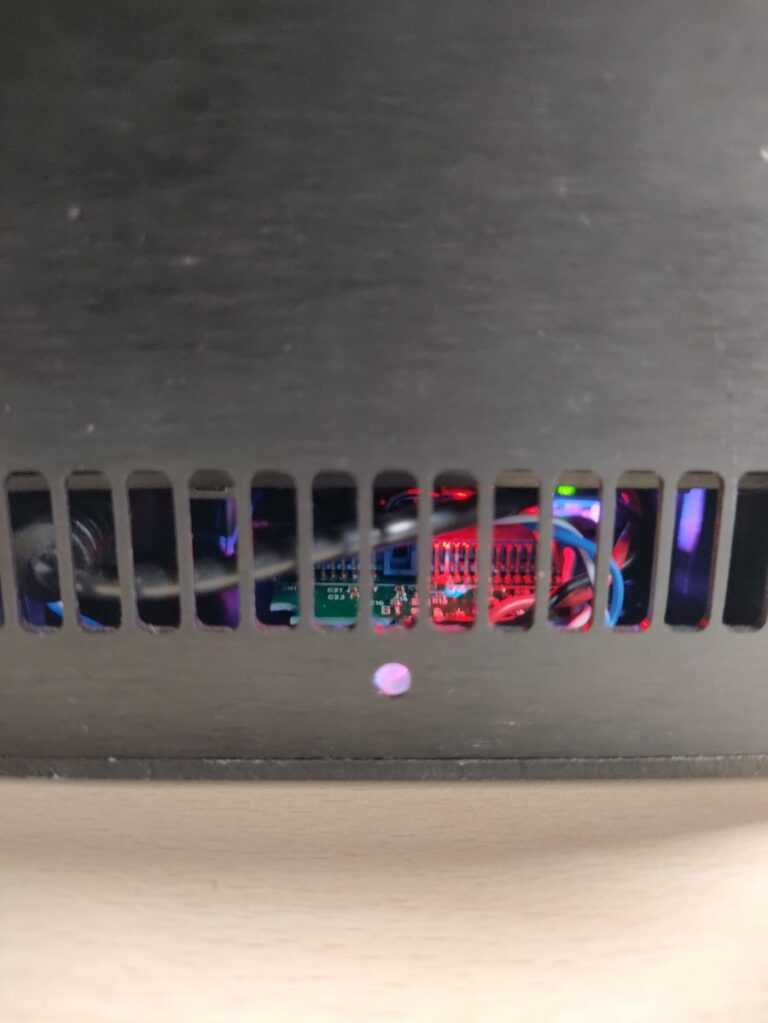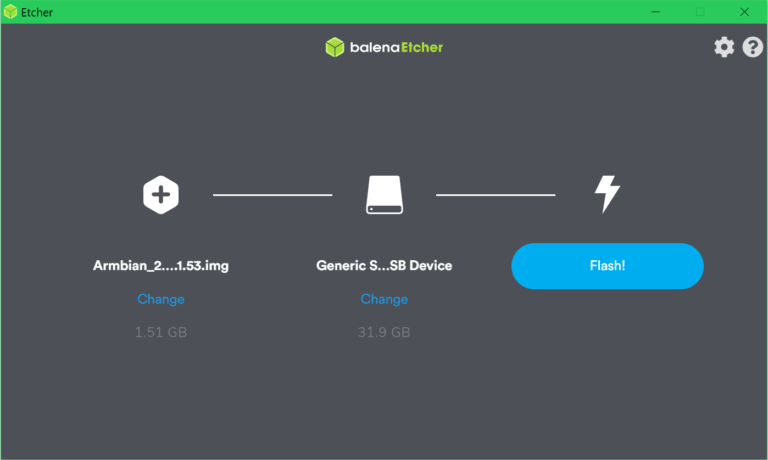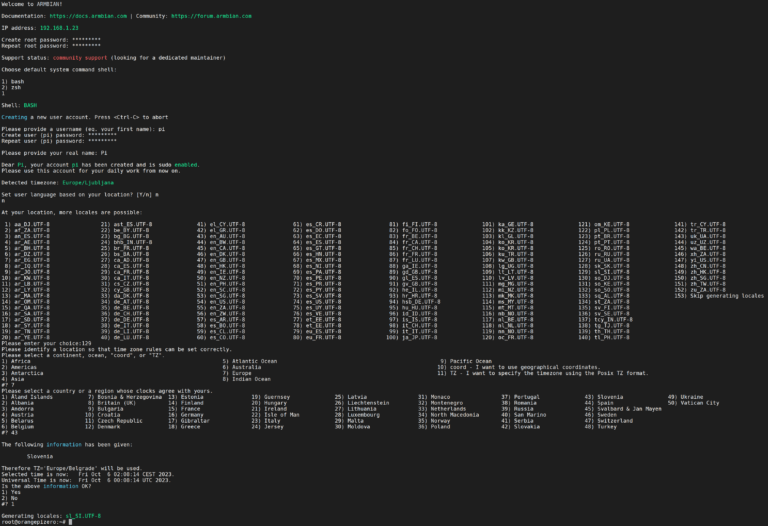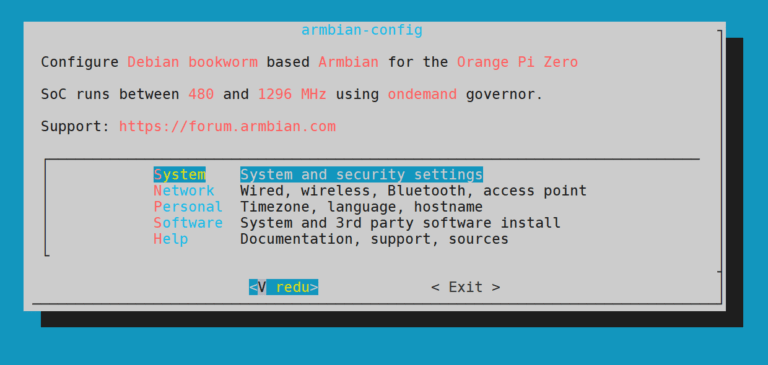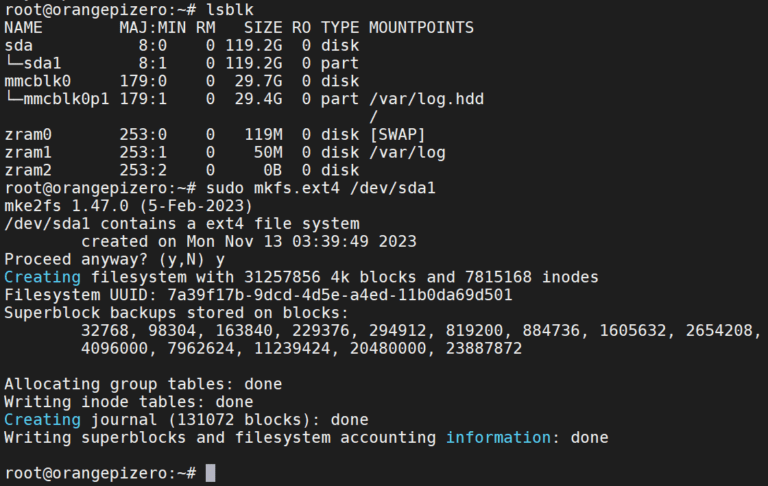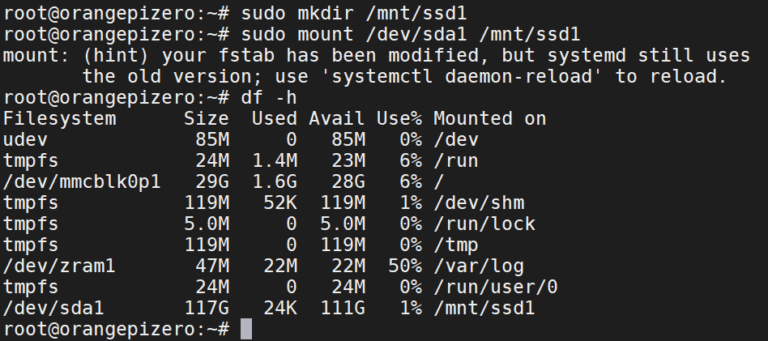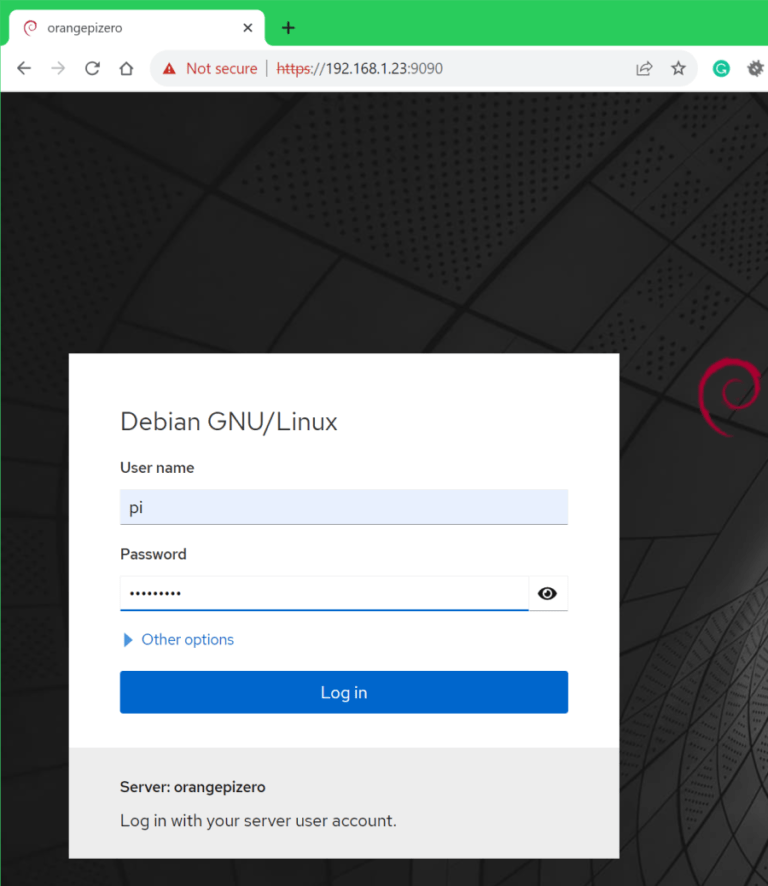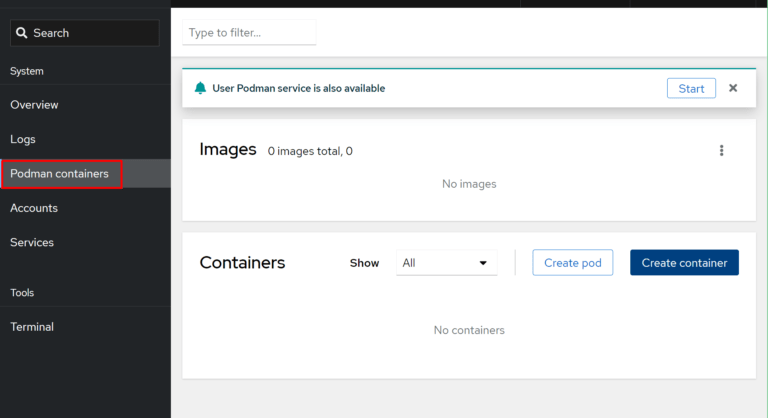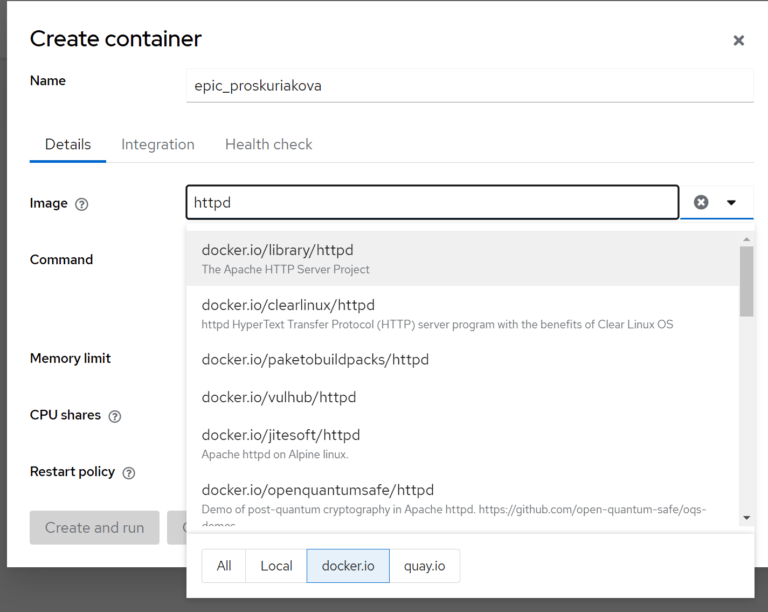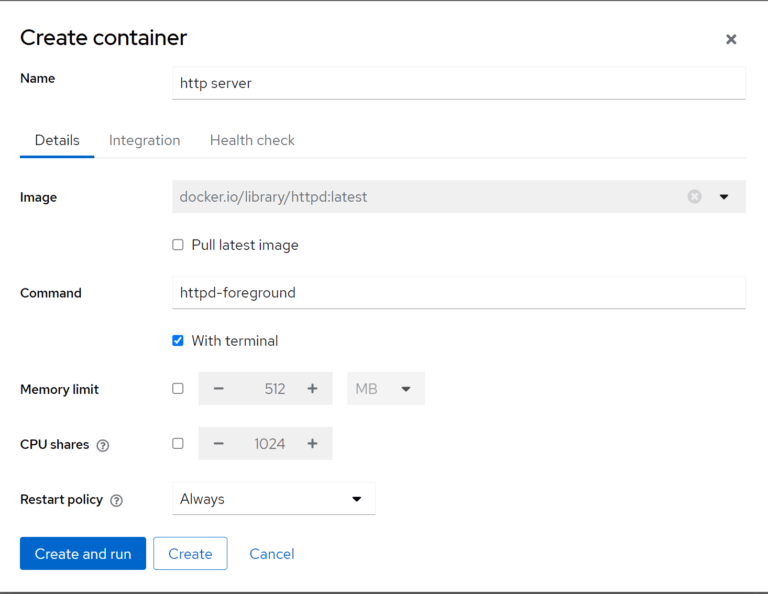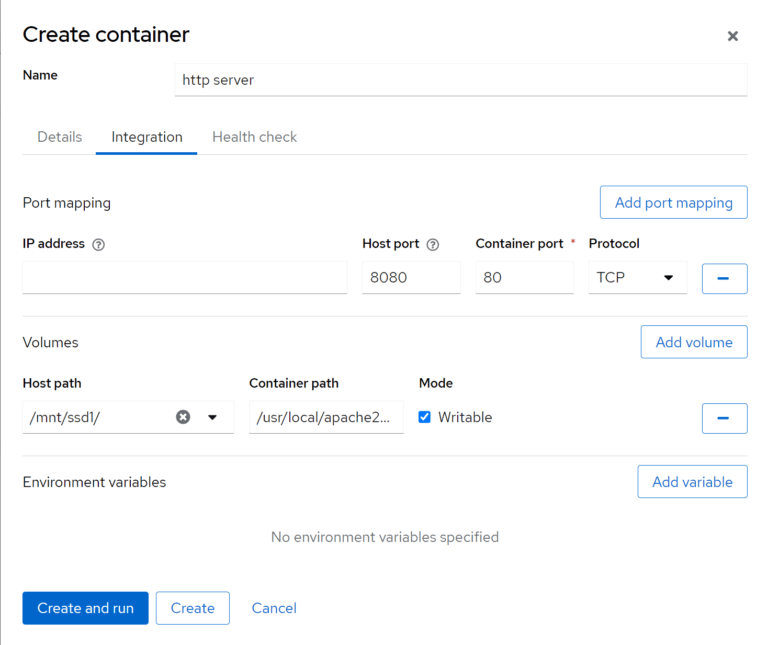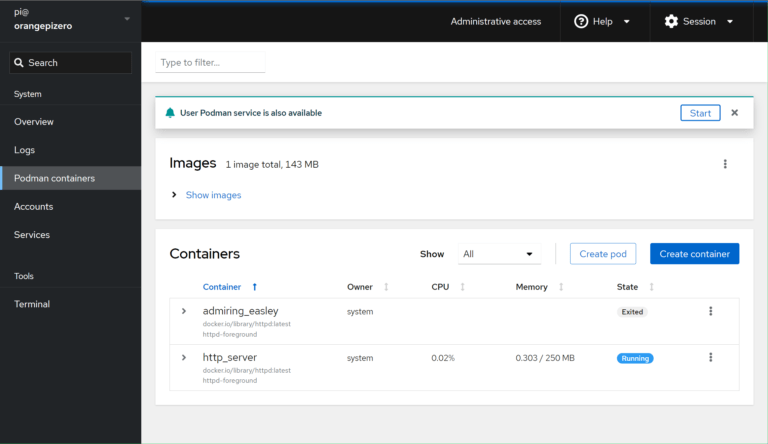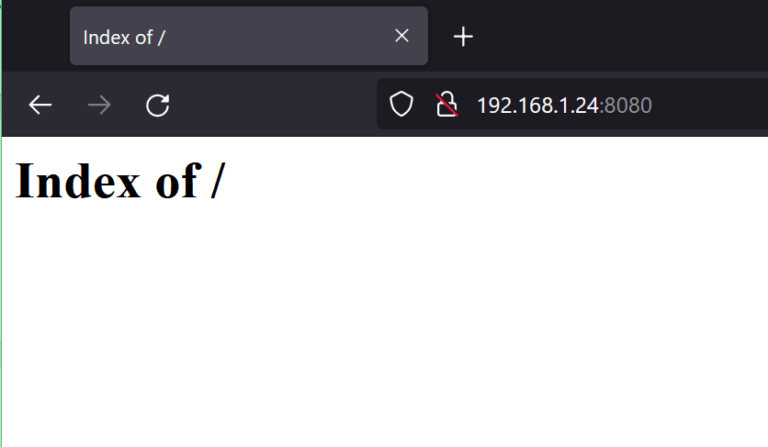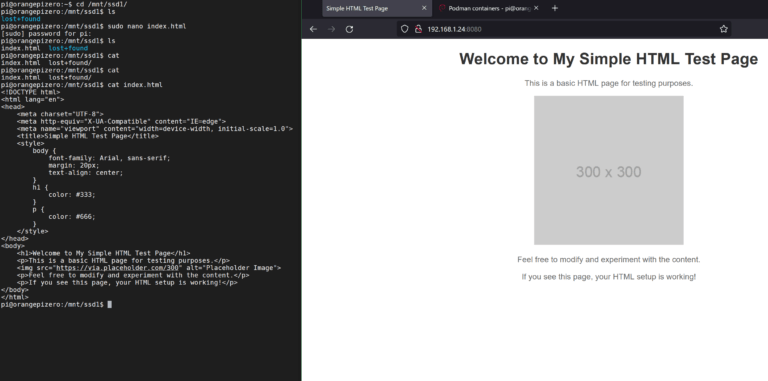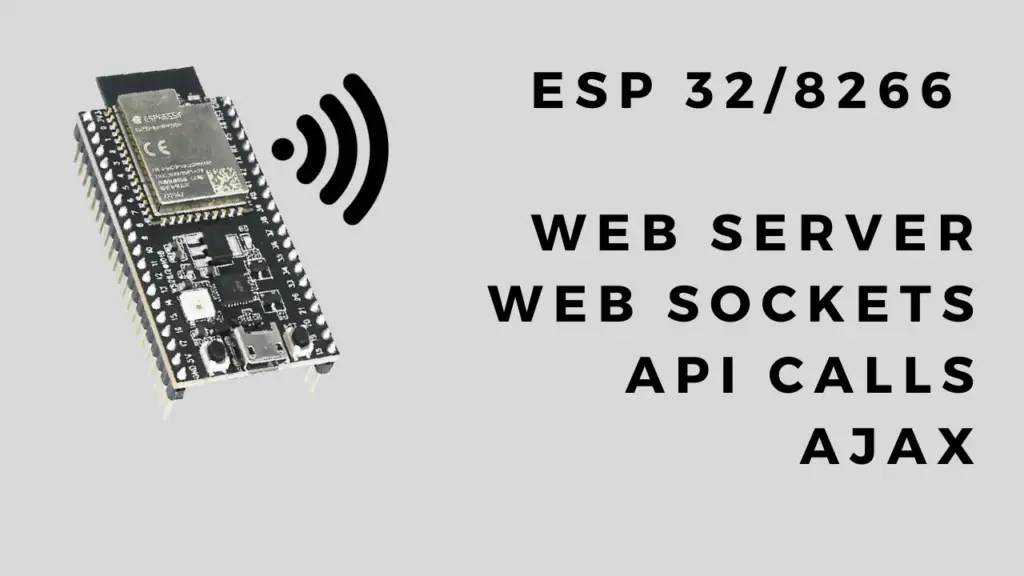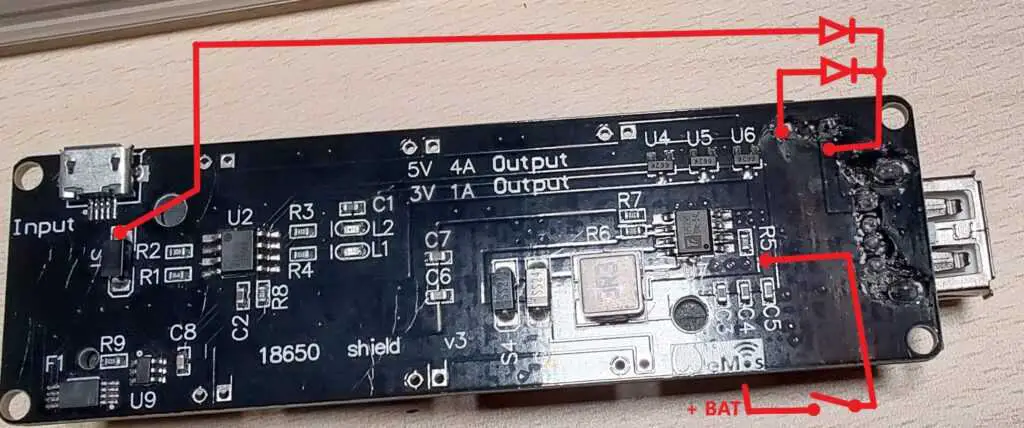About
In this post, I will document the build process for my mini portable server made from an old Bitcoin miner case and an Orange Pi Zero Plus.
One day I was looking through my SBCs parts bin and saw the Orange Pi Zero Plus board(still in its packaging) I had bought many years ago but never used. I got the idea to make a small portable server that could maybe run an MQTT broker, act as an AP, run a web server, etc.
When looking for the case I found an old Jalapeno 5GH/s Bitcoin miner from Butterfly Labs that I got around 10 years ago. When it became unprofitable to mine SHA256 based coins with it I tore it down and only kept the case for some future project.
Hardware used:
- #adAmazon LinkOrange Pi zero, Case, Power Adapter Kit (Here you can find a case similar to the case of the Bitcoin miner I reused)
- #adAmazon LinkOrange Pi Zero 3 (A bit more expensive but it’s newer and more powerful wih more RAM)
- #adAmazon LinkSATA To USB Adapter
- #adAmazon LinkGeneric Cheap SSD
- #adAmazon LinkUPS Module (You will have to modify it for it to work properly. See my other post here.)
Hardware
Next, all the connectors were added to the backplate:
- I added a 230V plug with a 5V charger glued to it, additionally, I added a DC barrel jack just in case I would want to power the server with 5V directly.
- An SMA connector for the WiFi antenna.
- A power switch or the server couldn’t be powered off because of the UPS(or until the battery would run out).
The UPS powered by a single 18650 battery was also mounted to the base with plastic standoffs that were just high enough to clear the Orange PI zero and the USB connector coming from the 5V charger.
Note: The UPS board had to be modified to work properly see this post here for more details. Also part of the PCB had to be cut off for it to fit inside the case.
OS Install
Give your Pi a minute to boot up. Then go to your router settings and find out what IP adress was assigned to your Pi. Your router settings will be different from the ones in the image below but the IPs assigned to your devices should be listed somewhere under the DHCP server settings/info.
Note: Consider adding a static IP address for your Pi so it’s easier to access it next time.
Mounting The Disk
Podman and Cockpit Install
Finally, let’s also install Podman and Cockpit. Podman is an open source light weight alternative to Docker while Cockpit is a web based UI for Podman.
- Run sudo apt-get -y install podman to install Podman and sudo apt install cockpit cockpit-podman to install Cockpit.
- To automatically start both services after boot run sudo systemctl enable –now cockpit.socket podman.service
- Now you can run sudo systemctl status cockpit to check if the service is running. Or run ss -tuln to list all the sockets.
